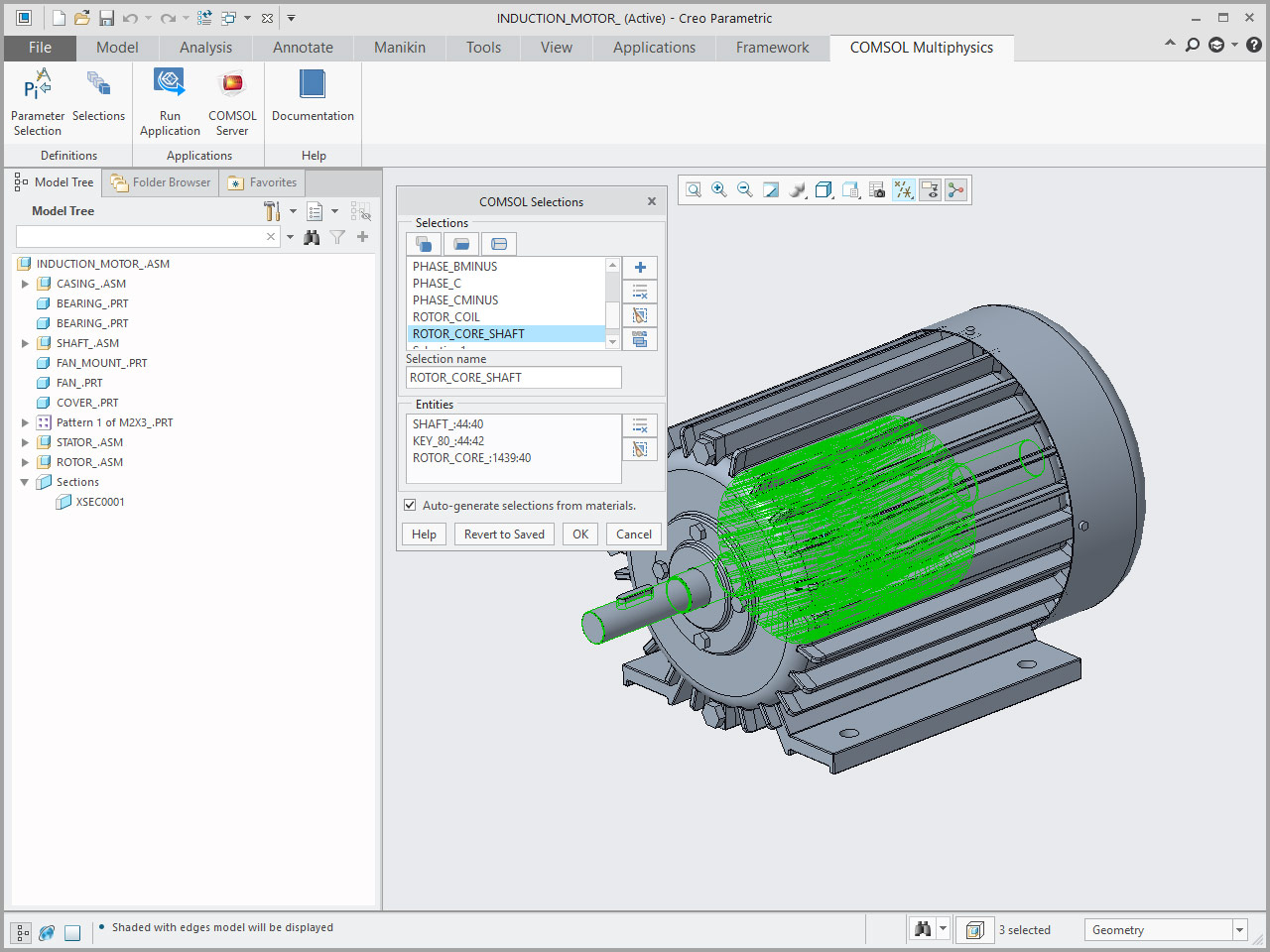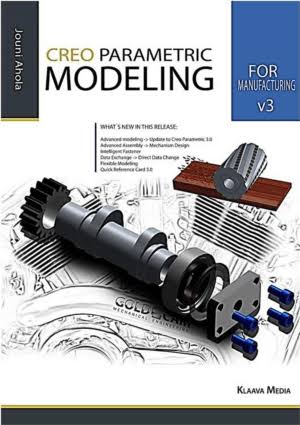
Using this capability, the designer can carve out a 3D spatial volume that can be used for numerous purposes from defining a path for a component in a moving mechanism to creating an accurate 3D model of a part machined with cutting tools. The operation of 3D sweep allows the designer to take a solid model component or a simple geometric solid and propagate it along a 3D trajectory. This class of enhancements is headlined by the introduction of 3D Sweep.

The collective improvements promise to enable “companies to accelerate product innovation and build better products faster by reusing the best designs and replacing assumptions with facts.” CIMdata agreed, lending the following quote to the official PTC press release: “PTC is on the leading edge of some of the hottest technologies today with the Internet of Things (IoT) and augmented reality (AR), but it has not forgotten its roots in CAD, instead transforming this business by infusing its leading Creo software with new technologies and capabilities,” stated John MacKrell, Chairman, CIMdata.

In its introduction, PTC executives highlighted three strategic areas of enhancement in the software-Productivity & Usability, Additive & Subtractive Manufacturing, and Simulation & Optimization. On March 19, 2018, PTC announced the release of Creo Parametric 5.0, the latest version of their flagship computer-aided design (CAD) solution. A smooth workflow process for topology optimized models that automatically fits precise geometry to the approximate planar mesh.Improvements in both additive and subtractive manufacturing include a partnership with Materialise to support metal 3D printing.



 0 kommentar(er)
0 kommentar(er)
